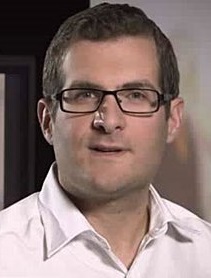 Team Leader | |
Presentation
The MRI and Spectroscopy Unit (UNIRS) lies at the root of the NeuroSpin research project, which aims to develop new neuroimaging tools to map the anatomy of the brain and its functioning in vivo on a scale never before seen, thanks to very high field magnetic resonance imaging. The UNIRS is therefore devoted to fundamental research issues by tackling technological barriers of the very high magnetic fields which will allow to decluence the resolution of the imagery data and thus to better apprehend the anatomical organization functional, but also to public health issues by providing clinicians with new imaging methods that will significantly improve knowledge about the pathophysiology of neurodegenerative and psychiatric diseases, besides brain tumors, and develop new tools to diagnose these pathologies.
In addition to 5 research teams, UNIRS also includes two operational cells to support the optimization of data acquisition on all imagers :
- The
Histology and Chemistry Cell is dedicated to the histopathological analysis of the experimental models used by the various preclinical projects of NeuroSpin.
UNIRS also ensures the development of methodological research on the NeuroSpin technical platforms, currently equipped with preclinical and clinical imagers:
UNIRS is in charge of conducting one of the 6 research programs of NeuroSpin Department, the "Pushing the Limits of Magnetic Resonance Imaging" program, built to give answers to neuroimaging technology locks from the other NeuroSpin research programs.